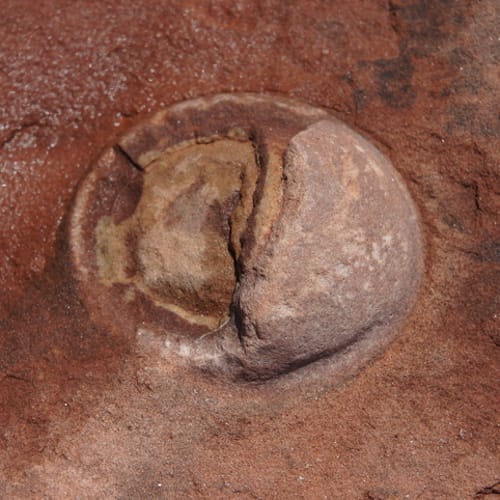Scientists in China have discovered a perfectly preserved dinosaur embryo in an industrial park. The embryo was discovered inside a fossilized egg unearthed in Shahe Industrial Park in Ganzhou City, Jiangxi Province. Could a real Jurassic Park finally be in the works? Some people certainly think so (or at least they hope so!).
The embryo is known as Baby Yingliang.
It’s believed to date back anywhere between 66 and 72 million years and was discovered by paleontologists from the University of Birmingham within the rocks of the Hekou Formation at the park.
Baby Yingliang is an oviraptor.
Oviraptors were feathered and lived in the rocks in both Asia and North America. Their beaks and body sizes meant they could subsist on all kinds of food, making them incredibly adaptable.
Want a partner? Attract love with the power of your mind.
Sweetn is a new research-based startup that shows you how to call love into your life with the power of your mind. Take our quiz, and try our tools—they can transform your energy and your love life in a few weeks. Just click here.
The embryo was said to be close to hatching.
It would have been about 10.6 inches long and had its head below its body in the blunt end of the egg with its feet positioned either side of it. This is known as tucking, a position even modern birds need to hatch successfully. However, discovering a dinosaur in this position has made scientists question whether this behavior first evolved in dinosaurs.
This was a very exciting discovery.
Fion Waisum Ma, the vertebrate paleontologist who led the study, was overjoyed at the discovery of such a complete embryo. “Dinosaur embryos are some of the rarest fossils and most of them are incomplete with the bones dislocated,” she said. “We are very excited about the discovery of ‘Baby Yingliang’ — it is preserved in a great condition and helps us answer a lot of questions about dinosaur growth and reproduction with it. It is interesting to see this dinosaur embryo and a chicken embryo pose in a similar way inside the egg, which possibly indicates similar prehatching behaviors.” The full findings were presented in the journal iScience.



